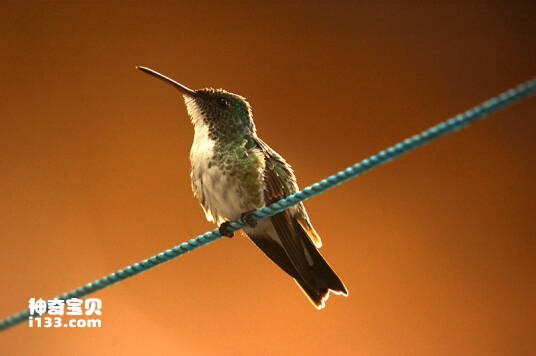
Agyrtria leucogaster
Agyrtria leucogaster,Plain-bellied Emerald
The hummingbird's scientific name is Agyrtria leucogaster, and its foreign n···
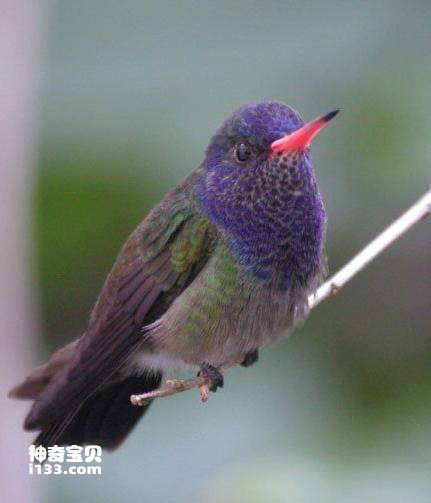
Blue-throated Hummingbird
Blue-throated Hummingbird,Lampornis clemenciae
The Blue-throated Hummingbird, also known as Lampornis clemenciae, has an un···
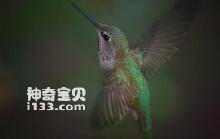
Agyrtria franciae
Agyrtria franciae,Andean Emerald
The Andean hummingbird's scientific name is Agyrtria franciae, and its f···
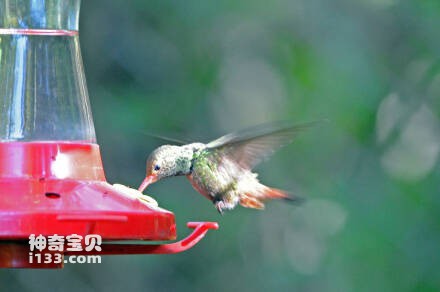
Polyerata fimbriata
Polyerata fimbriata,Glittering-throated Emerald
The Glittering hummingbird is Polyerata fimbriata and Glittering-throated Em···
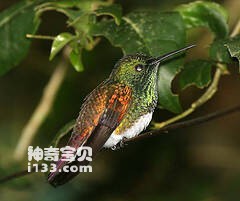
Saucerottia edward
Saucerottia edward
The snowthorax hummingbird's scientific name is Saucerottia edward, and ···
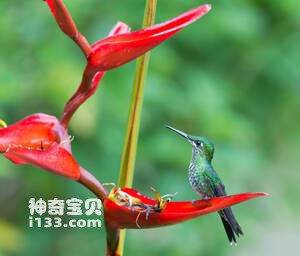
Polyerata decora
Polyerata decora,Charming Hummingbird
Polyerata decora, Charming Hummingbird. Its behavior is not known.Protect wi···
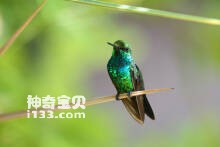
Saucerottia cyanura
Saucerottia cyanura,Blue-tailed Hummingbird
Blue-tailed Hummingbird Saucerottia cyanura, blue-tailed Hummingbird, its sp···
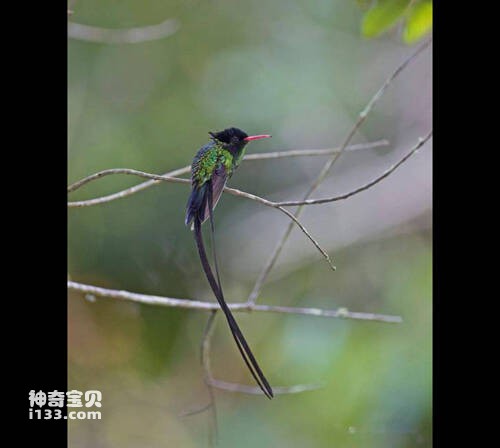
Agyrtria cyanocephala
Agyrtria cyanocephala,Red-billed Azurecrown
The Red-billed hummingbird is known as Agyrtria cyanocephala or red-billed A···
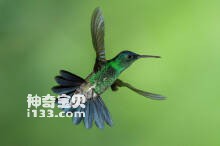
Saucerottia cyanifrons
Saucerottia cyanifrons,Indigo-capped Hummingbird
Saucerottia cyanifrons and Indigo-capped Hummingbird are unknown.Protect wil···
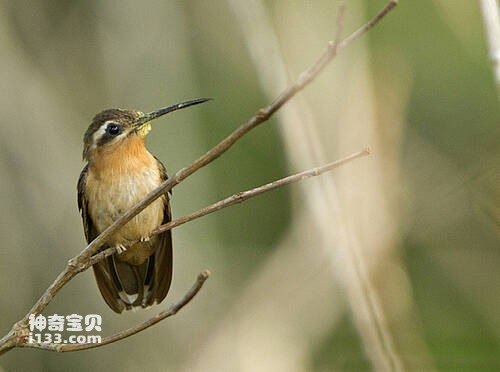
Saucerottia cupreicauda
Saucerottia cupreicauda,Copper-tailed Hummingbird
The Copper-tailed Hummingbird is Saucerottia cupreicauda and copper-tailed h···

Leucippus chionogaster
Leucippus chionogaster,White-bellied Hummingbird
The White-bellied Hummingbird is known as Leucippus chionogaster and white-b···
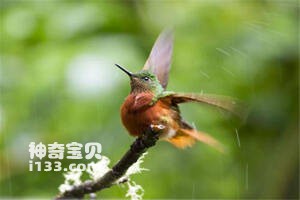
Amazilia castaneiventris
Amazilia castaneiventris,Chestnut-bellied Hummingbird
Scientific name Amazilia castaneiventris, foreign name Chestnut-bellied Humm···
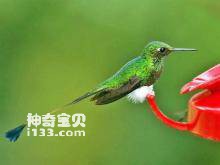
Agyrtria candida
Agyrtria candida,White-bellied Emerald
The White-bellied green hummingbird's scientific name is Agyrtria candid···
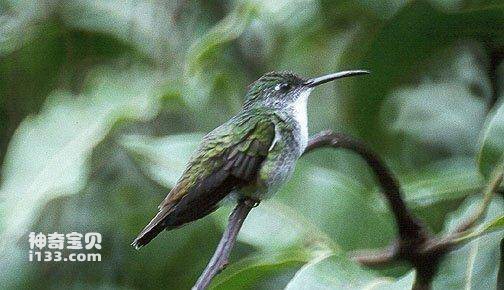
Agyrtria brevirostris
Agyrtria brevirostris,White-chested Emerald
The white-breasted hummingbird's scientific name is Agyrtria brevirostri···
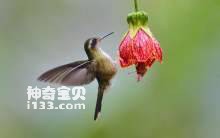
Polyerata boucardi
Polyerata boucardi,Mangrove Hummingbird
Mangrove Hummingbird Polyerata boucardi, foreign name Mangrove Hummingbird, ···
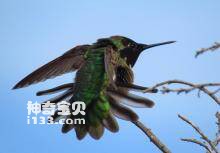
Saucerottia beryllina
Saucerottia beryllina,Berylline Hummingbird
The green Hummingbird's scientific name is Saucerottia beryllina, and it···
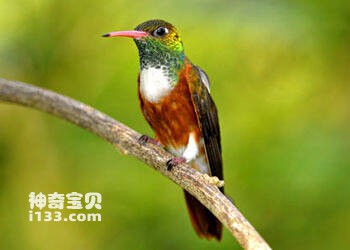
Amazilia amazilia
Amazilia amazilia
The bird's scientific name is Amazilia amazilia, and its specific habits···
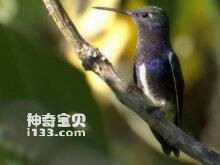
Polyerata amabilis
Polyerata amabilis,Blue-chested Hummingbird
The specific habits of the blue-breasted Hummingbird (Latin: Polyerata amabi···
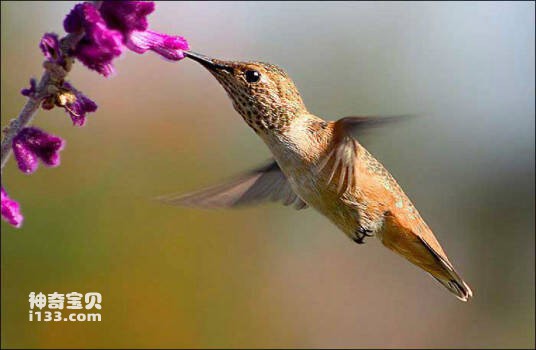
Amazilia alticola
Amazilia alticola,Loja Hummingbird
The Loja Hummingbird, whose scientific name is Amazilia alticola, is also kn···

Amazilia alticola
Amazilia alticola,Loja Hummingbird
The Loja Hummingbird, whose scientific name is Amazilia alticola, is also kn···
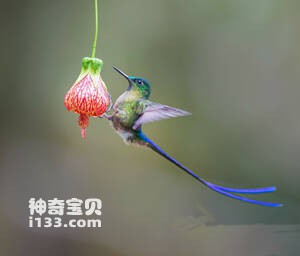
Aglaiocercus kingi
Aglaiocercus kingi,Long-tailed Sylph
The Long-tailed hummingbird's scientific name is Aglaiocercus kingi, and···
